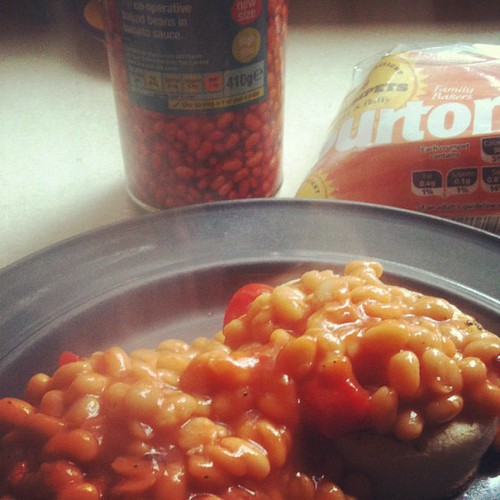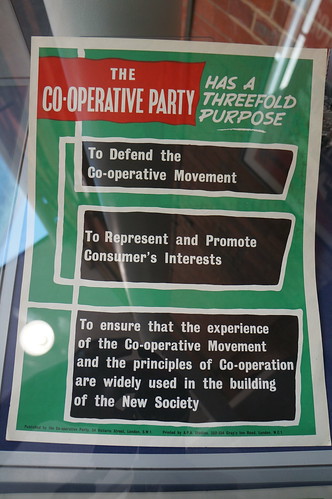A long time ago there were two co-operative societies in Manchester - the Equitable that eventually came to Chorlton and Hardy Lane, and the Industrial. Whilst the Equitable went onto greater trading the Industrial went into liquidation.....
"
The Society was voluntarily wound up and liquidators appointed in
September 1870 following meetings of the members at their offices in
Upper Medlock Street, Hulme. "
London Gazette 8th October 1870; page 4358
The Industrial was centered in Hulme, a working class district south of the centre of Manchester. In the 1840's it was fields. When Augustus Pugin built a church here 1845 with the Earl of Shrewbury's money, it was known as St. Wilfred's-in-the-fields. Ten years later it is surrounded by dense housing and thousands of inhabitants.
The Industrial started in a small way in 1856, and became an Industrial & Provident Society in 1859 with a capital of just £13, sales of £2,045 and 28 members. Humble and hopeful beginnings that grew to six grocery branches, two draperies and two butchers in 1864. Membership was then around 1,274 and sales were £27,442. Central Stores were on Upper Medlock Street, Hulme. I've been trying to piece together their history from newspaper reports of the annual meetings. Besides speeches from the Mayor of Manchester, and Ernest Jones the noted Chartist, the meetings ended with two hours of dancing. No mention of any alcohol so they might have been 'dry' occasions.
It will take some time to solve why the finances came crashing down. There maybe a clue in a court case at the Manchester County Court : Walker v. M&S Industrial Co-op Society on Wednesday 13th April 1870. Dr. Richard Pankhurst represented the Society. Much later he married Emmeline Pankhurst, yes the famous suffragette, but she'd only be a 11 year old lass in Moss Side when this case was heard. The plaintiff thought he'd lent money for interest to the society and wanted it back. The society said he was a member and no withdrawals could be made because many other requests were being made to withdraw capital. The case was lost when the judge ruled there was insufficient documentation for him to be a shareholder.
Sales did decline and membership shrunk in 1869, the last year of reported finances...maybe it continued. I'm sure further digging will reveal more and maybe a relevant photograph.
Was there rivalry between the Equitable and the Industrial? Well both operated in different parts of Manchester and the directors of both societies attended each others annual meetings. "
Though there might be emulation, there was no opposition; that there was rivalry, but it was devoid of ill-feeling" said the Chairman at the 7th annual soiree as reported by the Manchester Courier and Lancashire General Advertiser Wednesday 1st February 1865.
The picture above is m77988, courtesy of Manchester Libraries Image Collection and is of Wooden Bridge Street, Hulme in 1909, Chosen because it has an atmospheric quality.
















